Solar energy has become one of the most important innovations in modern home construction. It allows homeowners to generate clean, renewable power while reducing dependence on traditional electricity grids. Whether you live in a city, the countryside, or off the grid entirely, solar panels are increasingly part of sustainable living. But many people still wonder, what are solar panels made of? Understanding their components helps explain how they work, why they are so efficient, and how they continue producing energy for decades.
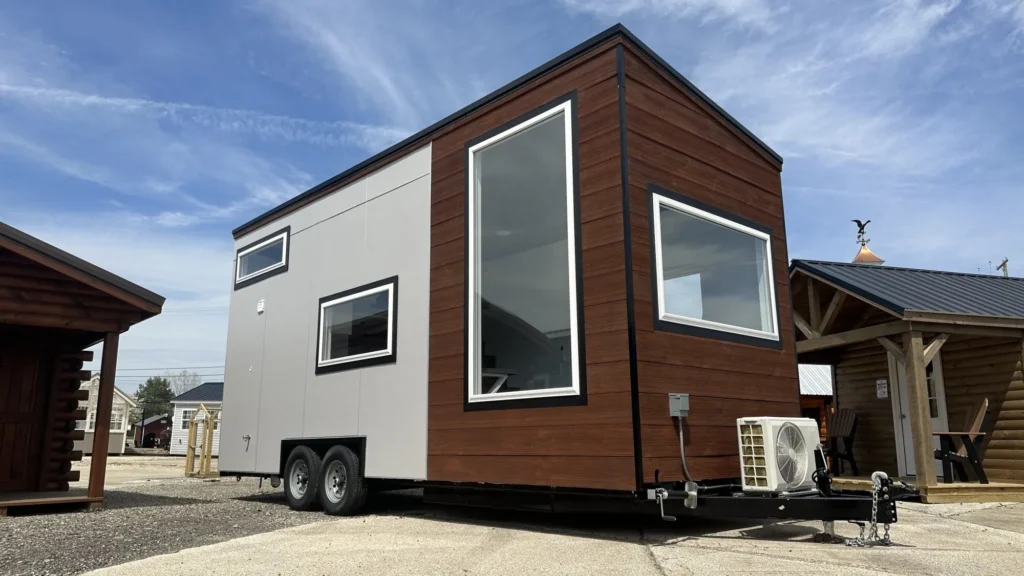
The Basics of Solar Panels
Solar panels are devices that convert sunlight into electricity. Each panel is made up of smaller units called photovoltaic (PV) cells. These cells are the core of the system. When sunlight hits them, it excites electrons, generating direct current (DC) electricity. This power is then converted into alternating current (AC) by an inverter, making it usable for homes and businesses. The materials that make up each part of the panel determine how efficiently this process happens.
Core Material: Silicon
Most solar panels are made primarily of silicon, one of the most abundant elements on Earth. Silicon is a semiconductor, which means it can both conduct and resist electricity depending on its condition. This unique property makes it ideal for capturing and converting sunlight into energy. The silicon used in solar cells is refined to remove impurities, creating a crystal structure capable of carrying electric current efficiently. There are three main types of silicon used in panels: monocrystalline, polycrystalline, and thin-film, each with different costs and performance levels.
Monocrystalline Silicon Panels
Monocrystalline solar panels are made from single-crystal silicon wafers. They appear dark black and are known for their high efficiency and sleek look. Because the silicon crystal structure is uniform, electrons flow more freely, resulting in better energy conversion. These panels typically perform well in both bright sunlight and low-light conditions, making them a premium choice for homeowners with limited roof space.
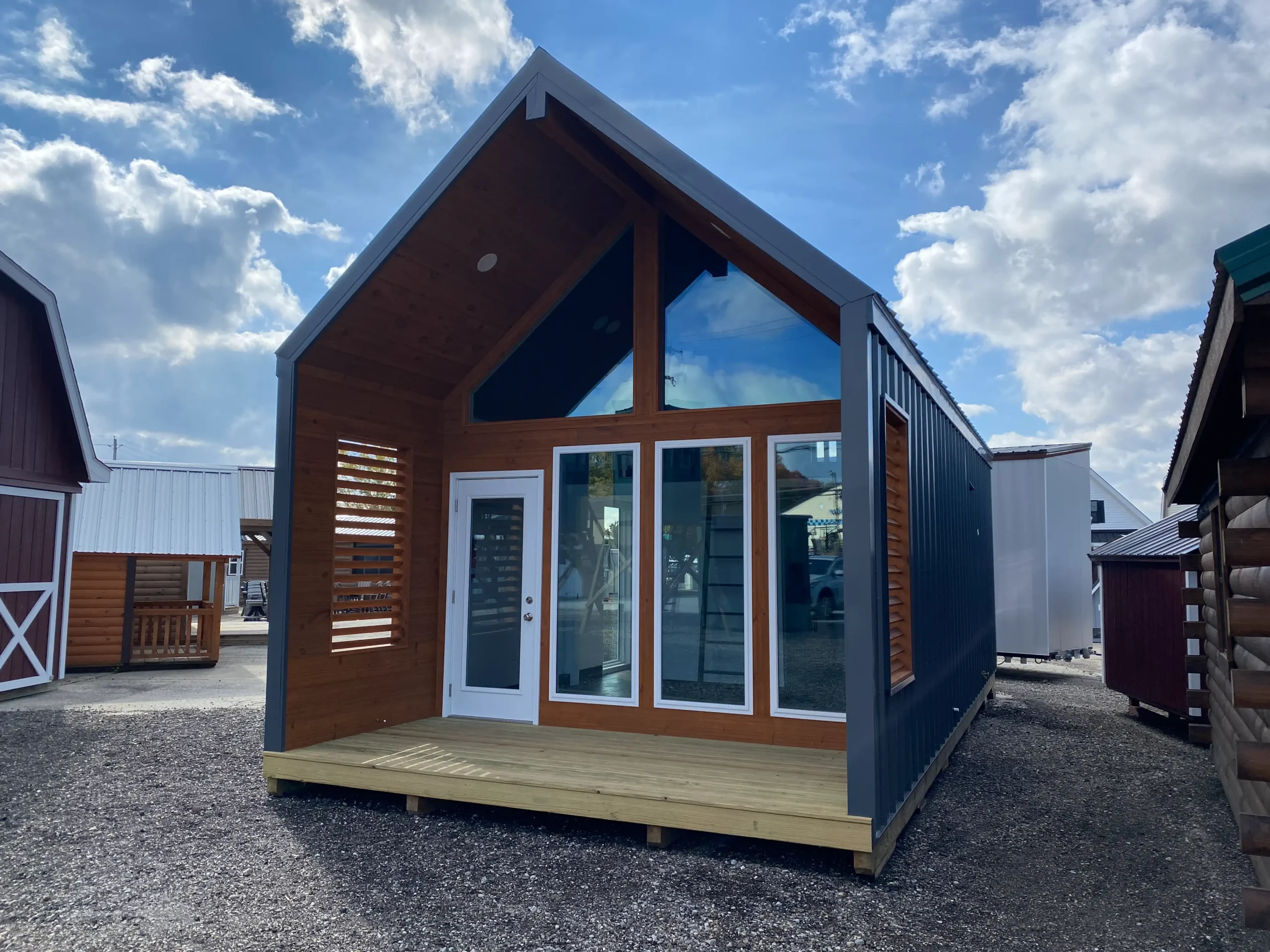
Polycrystalline Silicon Panels
Polycrystalline panels are made from multiple fragments of silicon melted together. They have a bluish hue and a slightly lower efficiency rate than monocrystalline versions. However, they cost less to produce, making them an affordable and reliable choice. Many homeowners prefer them for larger installations where space is not limited but cost control is a priority. The difference in efficiency between the two types has narrowed over the years as manufacturing technology improves.
Thin-Film Solar Panels
Thin-film panels use very little silicon or none at all. Instead, they’re made from layers of materials such as cadmium telluride (CdTe), copper indium gallium selenide (CIGS), or amorphous silicon. These materials are deposited in thin layers onto a substrate like glass or metal. Thin-film panels are lightweight, flexible, and easier to install on irregular surfaces. Although they typically have lower efficiency, they work well in cloudy or shaded environments. Their adaptability makes them popular for commercial buildings and portable energy systems.
Protective Glass Layer
The top layer of a solar panel is tempered glass. It protects the delicate photovoltaic cells underneath from harsh weather, debris, and temperature changes. Tempered glass is strong enough to withstand hail and high winds while remaining transparent enough to allow sunlight to reach the cells. Most solar panels use low-iron glass, which maximizes light transmission. This protective layer ensures long-term durability without sacrificing performance.
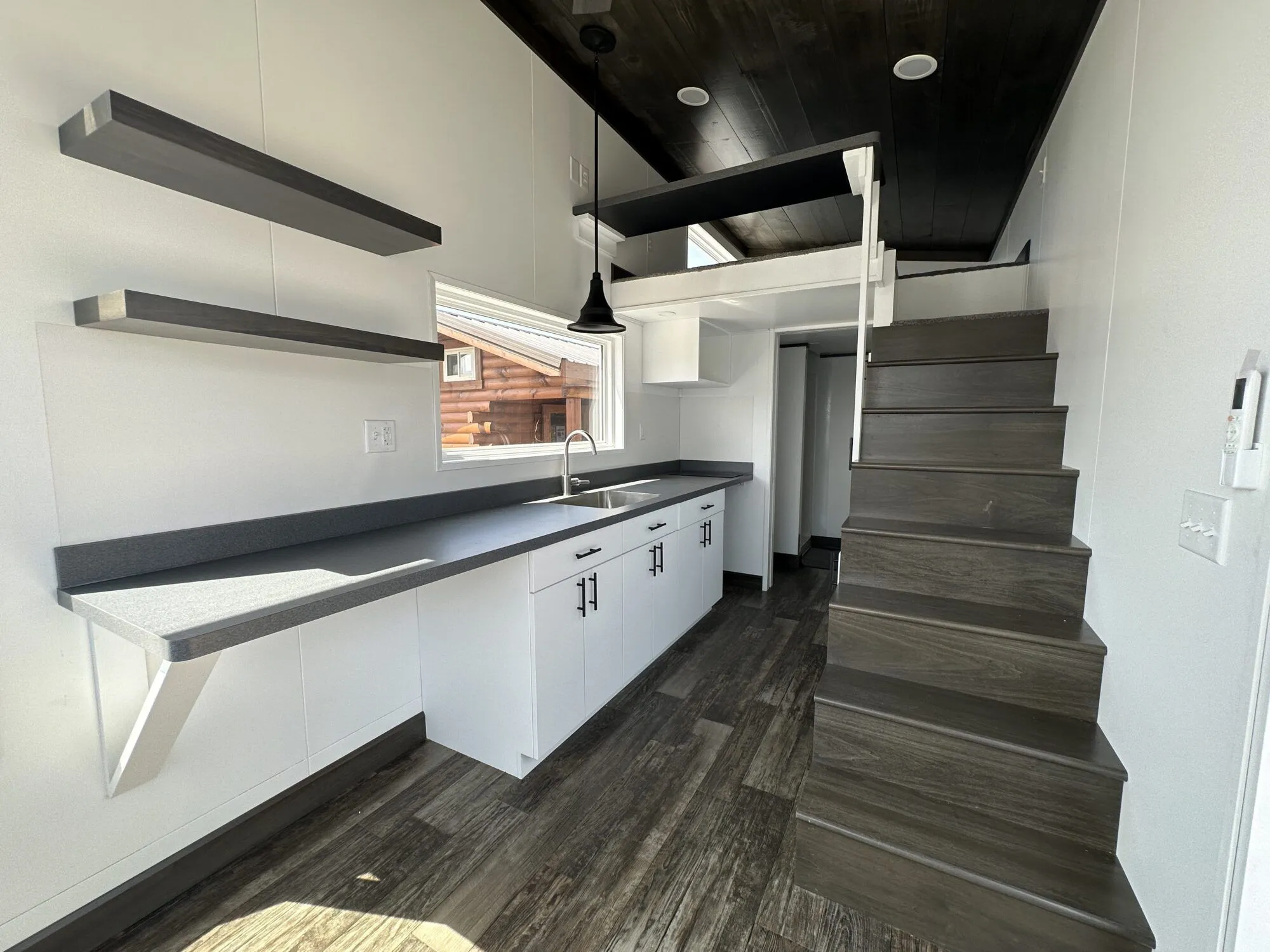
Encapsulation and Sealant
Inside the solar panel, thin sheets of encapsulant hold the PV cells in place. These are usually made of ethylene vinyl acetate (EVA) or similar plastic materials. The encapsulant cushions the cells and protects them from moisture and dust. Around the edges, sealants prevent air and water from entering the panel, preserving its efficiency. Without proper encapsulation and sealing, even small amounts of moisture could damage the electrical connections over time.
Backsheet and Frame
The backsheet is the bottom layer of a solar panel, usually made of a durable polymer or composite. Its main job is to insulate and protect against environmental exposure. It also provides a surface for mounting the electrical connections. Surrounding the entire panel is an aluminum frame that adds structural strength. The frame makes it easy to mount panels on roofs or ground systems. High-quality frames resist corrosion and can last for decades even in extreme weather conditions.
Wiring and Junction Box
Electrical wiring connects the cells and routes the generated electricity to the inverter. At the rear of the panel, a junction box collects the power from all the connected cells. This box houses bypass diodes that help prevent energy loss when some cells are shaded or damaged. The wiring is typically made of copper due to its high conductivity and reliability. Together, these parts ensure electricity flows smoothly from panel to inverter to home.
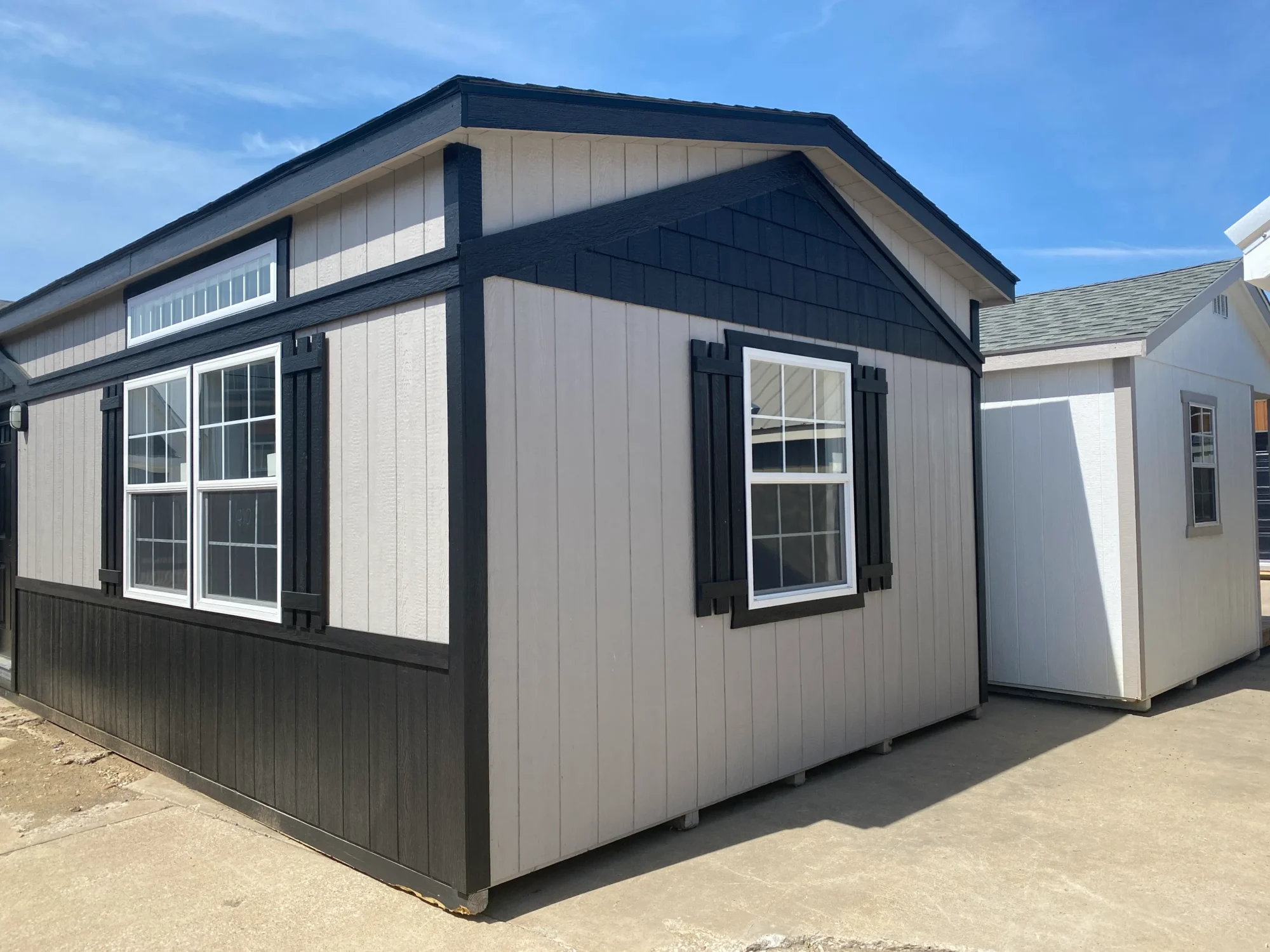
Anti-Reflective Coating
Solar panels often include an anti-reflective coating on the glass surface. This coating minimizes sunlight reflection, allowing more energy to be absorbed. Without it, up to 30% of sunlight could bounce away instead of being converted to electricity. The coating helps maximize performance even in less-than-ideal lighting conditions, improving energy output and efficiency throughout the day.
How the Materials Work Together
Each component in a solar panel has a specific purpose. The glass protects, the encapsulant cushions, the silicon cells generate power, and the backsheet insulates. Together, they create a sealed system that can endure harsh weather and continue generating electricity for 25 years or more. According to the U.S. Department of Energy, most solar panels lose less than one percent of efficiency per year, meaning a well-made system can still perform at over 80% capacity after two decades of use.
Environmental Impact of Solar Panel Materials
Solar energy is one of the cleanest power sources, but manufacturing panels still involves environmental considerations. Producing silicon requires energy, and thin-film panels may use rare metals that must be handled carefully. Recycling and reuse programs are becoming more common to reduce waste. Many manufacturers now focus on sustainable production and take-back programs for end-of-life panels. Overall, the lifetime energy savings far outweigh the resources used in production.
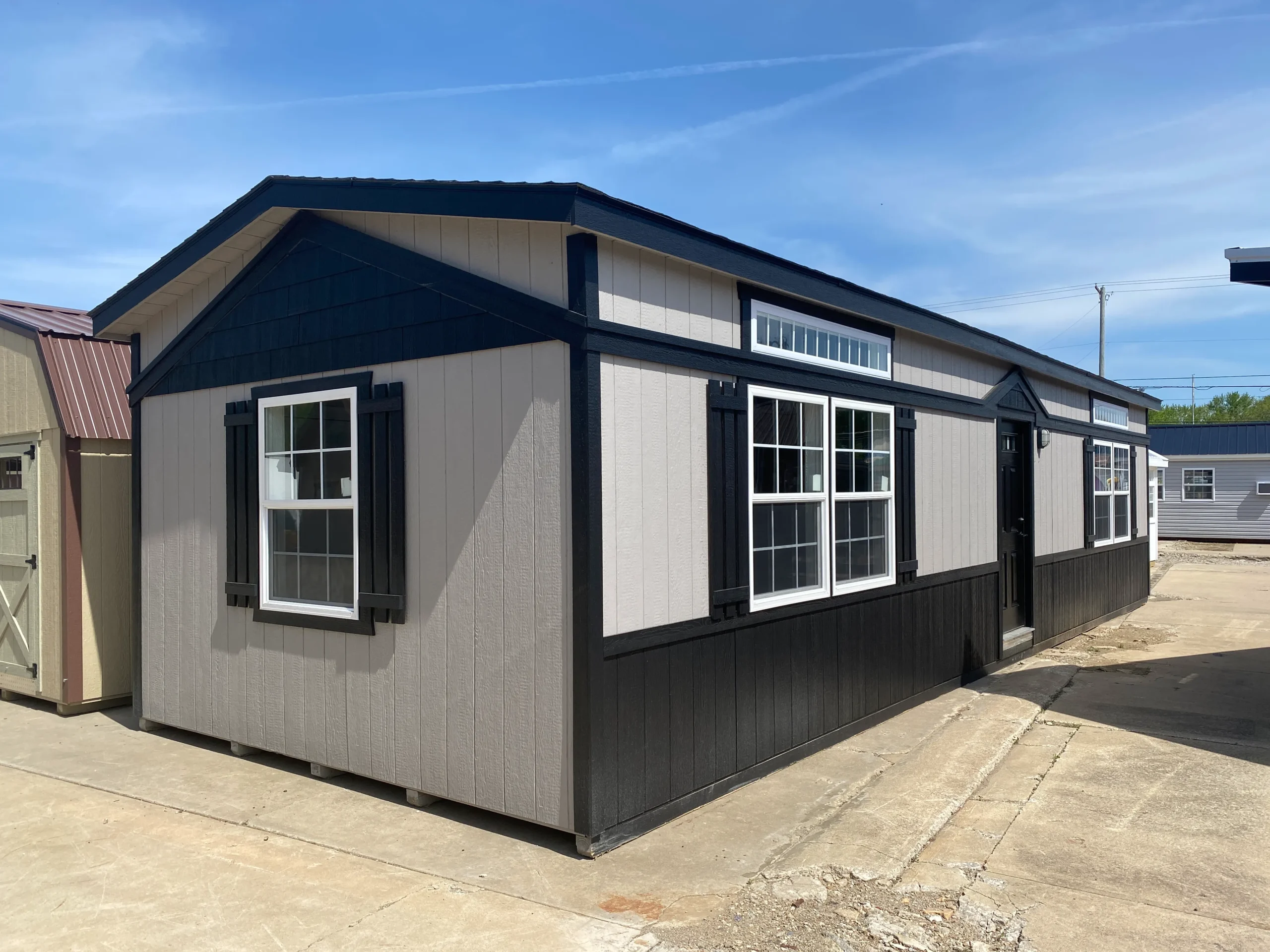
Choosing the Right Panels for Your Home
Not all solar panels are the same, and the right choice depends on your goals and environment. Homeowners looking for maximum efficiency may choose monocrystalline panels, while those prioritizing cost or flexible installation might prefer polycrystalline or thin-film. Factors such as roof angle, shading, and climate also play a role. Pairing your panels with high-quality installation ensures the system performs efficiently year-round. For long-term savings and reliability, choosing panels with strong warranties and proven materials is key.
Solar Panels and Modern Home Construction
Modern homebuilders increasingly integrate solar panels into their designs. Prefab and modular homes, such as those offered by Ohio Cabins and Structures, can be customized to include solar systems that lower energy costs and carbon footprint. Combining energy-efficient design with renewable power creates homes that are both comfortable and sustainable. To learn more about construction safety and design standards, visit our resource on are modular homes safe for insights into how modern building methods ensure reliability and performance.
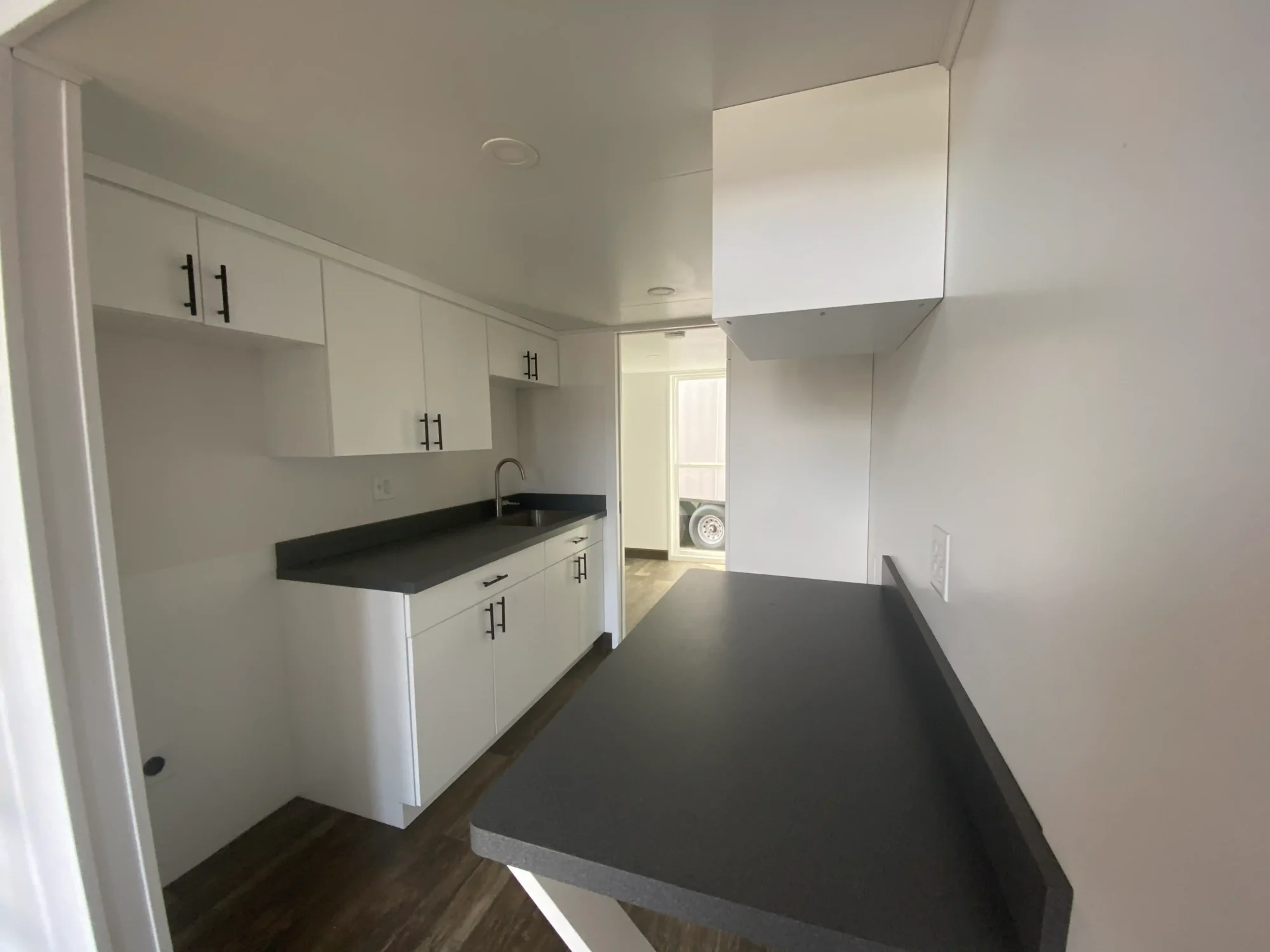
Conclusion
So, what are solar panels made of? The answer combines science, engineering, and sustainability. From the silicon cells that capture sunlight to the tempered glass that protects them, every part serves a purpose. Modern panels balance performance, durability, and environmental responsibility. As technology advances, solar materials become more efficient and accessible, helping more homeowners enjoy renewable energy. With the right setup, solar panels can power your home for decades while reducing costs and environmental impact.
If you’re interested in adding sustainable features to your next home project, contact our team at Ohio Cabins and Structures. We’ll help you explore energy-efficient designs that fit your lifestyle and budget.
